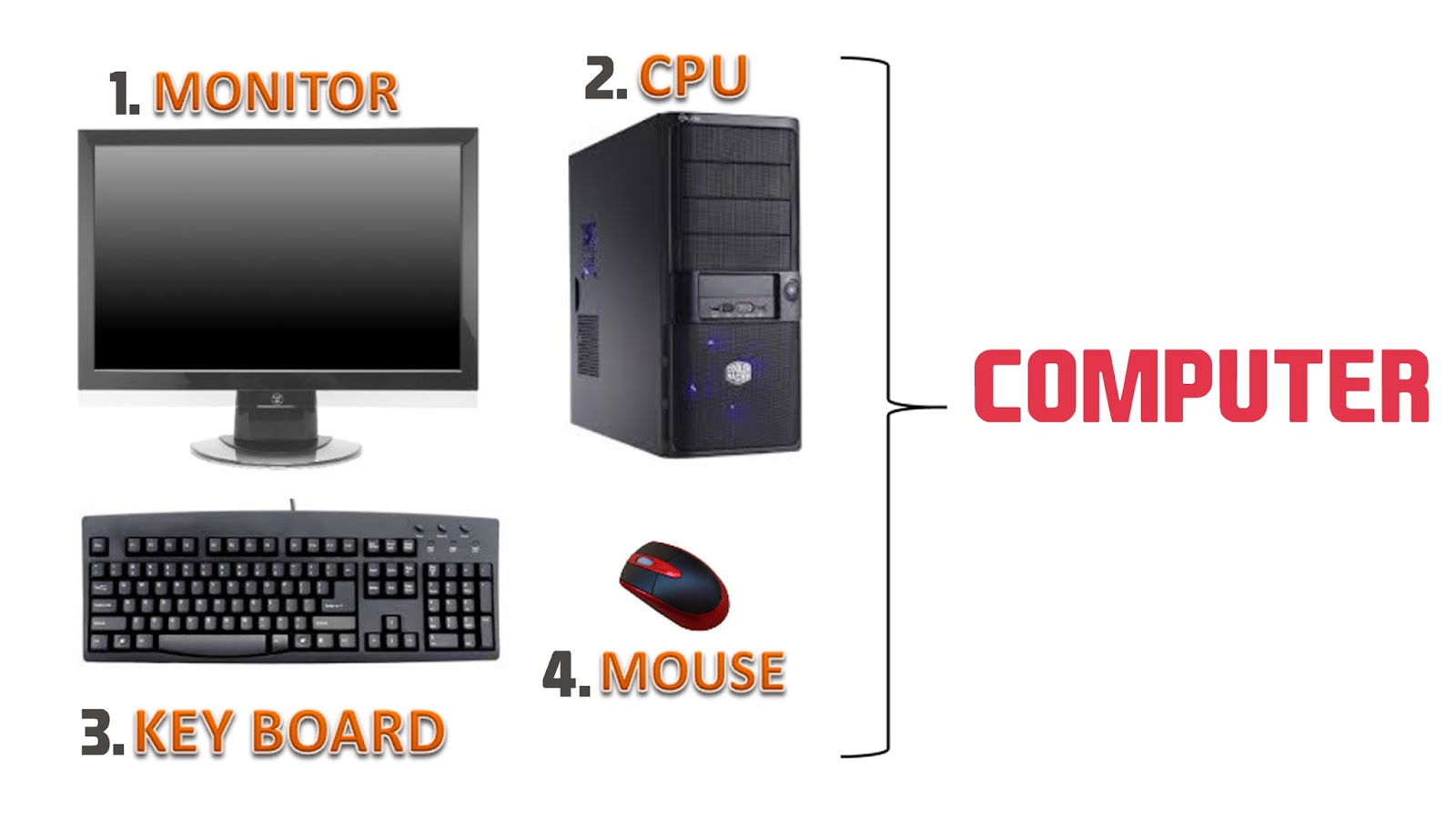In today’s fast-paced technology landscape, improving your computer can sometimes feel like a intimidating and pricey task. Nonetheless, savvy shoppers know that exploring surplus computer parts can unlock significant savings while providing the performance upgrades you require. Whether a budget-conscious gamer, a diligent DIY enthusiast, or simply someone looking to extend the lifespan of an older system, surplus components offer a treasure trove of opportunities.
This ultimate guide intends to demystify the process of purchasing surplus computer parts. We will explore essential tips on how to recognize high-quality components, key factors to think about when shopping, and the top places to find trustworthy deals. By the end of this guide, you will have the understanding and confidence to maximize your computer's performance without breaking the bank, guaranteeing you make informed choices every phase of the way.

Essential Guidelines for Buying Excess Computer Parts
When considering the purchase of surplus computer parts, the first step is to thoroughly investigate the particular components you require. Familiarize yourself with the specification specifications and integrity needs for your setup. This information will empower you to make educated decisions and prevent pricey errors. Make a checklist of essential features and operational metrics that are vital for your setup, which will help you compare options appropriately.
Another important aspect is to confirm the supplier of your excess parts. Reliable suppliers and recommended marketplaces are paramount in making sure that you're receiving quality components. Look at reviews, seek recommendations, and stay away from unknown sellers unless provide robust warranties or return options. A reliable source enhances the chances of acquiring high-quality parts rather than facing low-quality or counterfeit items.
Lastly, always inspect the condition of extra computer components ahead of making a purchase. Check for obvious signs of deterioration and damage, such as scratches, oxidation, or scorches. For items like HDDs and GPUs, question the seller about their testing procedures and ask for performance benchmarks if accessible. Implementing these measures can help you avoid common pitfalls and ensure that you're spending your money effectively in extra components.
Evaluating Condition and Functionality of Used Components
When assessing the integrity of surplus computer components, it's crucial to check for evidence of wear and tear. Inspect each part meticulously for any visible damage such as breaks, oxidation, or excessive dust accumulation, which can suggest neglect or previous issues. High-quality components tend to have few scratches and a clean appearance. Always think about purchasing from reputable sellers who provide comprehensive descriptions and images.
Efficiency assessment is a critical step in evaluating used parts. For https://articlescad.com/surplus-electronics-components-your-gateway-to-budget-friendly-enhancements-320912.html , when buying a surplus graphics card or CPU, look for evaluation metrics and efficiency ratings from reliable sources to ensure they fulfill your needs. Use tools and diagnostic software that can examine the operation of components, as this can uncover underlying issues that may not be instantly apparent. Running tests such as stress tests can help confirm that the components function effectively under load.
Lastly, fit is vital when selecting surplus parts. Ensure that the components you are considering will work seamlessly with your existing system. This includes confirming specifications for motherboards, RAM, and power supply units. Additionally, ensuring that drivers and firmware are current can make a significant difference in functionality and stability, ultimately leading to a better computing experience.
Enhancing Worth: Safety and Compatibility Considerations
When buying surplus computer parts, protection should be your primary priority. Always inspect components for physical damage, rust, or signs of wear. Power units in particular can pose hazards; ensure they have not been overloaded or improperly used in previous setups. It’s essential to buy from reputable sellers who offer a certain type of guarantee or return policy, as this can provide additional protection against faulty parts.
Compatibility is just as important when incorporating surplus parts into your system. Prior to making any buying decisions, take stock of your current hardware specifications to ensure new components will integrate smoothly. computer surplus to interfaces such as PCIe for graphics cards, memory types for RAM, and socket types for CPUs. Resources like compatibility tools can help, but always cross-reference with your manufacturer’s specifications to avoid pitfalls.
Finally, be proactive about investigating the longevity of the parts you plan to buy. Fake components can be a hidden danger in the surplus market. Seek out trusted brands and consider expert opinions or community feedback when evaluating components. Learning how to recognize genuine parts versus counterfeits will not only safeguard your money but also enhance the value you receive from your surplus purchases. Focus on quality, compatibility, and safety for the optimal results.
